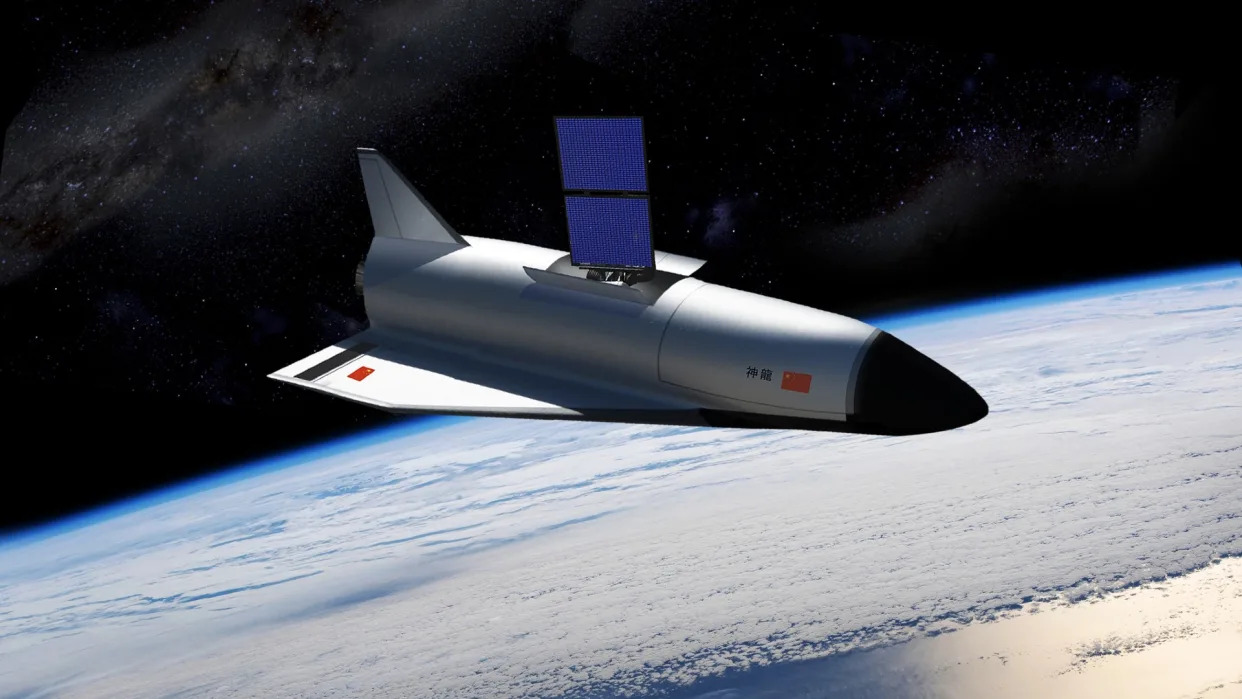Voyager 1 Is in Serious Trouble, NASA Says
Noor Al-SibaiThu, December 14, 2023

Gen X
NASA's Voyager 1 probe has been cruising into distant space for 46 years old — and some of that advancd age is apparently showing.
As NASA explained in a blog update, one of the pioneering probe's computers, known as its flight data system (FDS), is "not communicating properly." Because of these translation issues, the craft launched during the dawn of space travel is currently unable to send any information back to Earth.
With so many incredible Earth-made crafts currently floating around in space, it's easy to forget that the probes launched in the Voyager mission are still out there collecting and transmitting data from the outer reaches of our Solar System.
Voyager 1's specific mission for the past four-odd decades, for instance, has been to collect and transmit back to Earth "data on the transition between the heliosphere — the region of space dominated by the Sun’s magnetic field and solar field — and the interstellar medium," NASA notes in an explainer.
Ground Control
Normally, the probe — which, oddly, was launched about a month after Voyager 2, making it the second of the two-craft mission to launch despite its numerical name order — sends its scientific readings about interstellar space and its engineering updates in what's known as a "package" of easily-translatable binary code.
Over the past few months, however, the probe has been "stuck" transmitting repetitive patterns of ones and zeroes that are the binary equivalent of gobbledygook. While the Earth-bound Voyager team was able to target which instrument was behind the malfunction, they haven't yet been able to adequately troubleshoot it back into working order.
"This past weekend the team tried to restart the FDS and return it to the state it was in before the issue began," NASA said in the statement, "but the spacecraft still isn’t returning useable data."
It may take the agency's engineers "several weeks" to figure out how to fix the probe.
"Finding solutions to challenges the probes encounter often entails consulting original, decades-old documents written by engineers who didn’t anticipate the issues that are arising today," NASA pointed out. "As a result, it takes time for the team to understand how a new command will affect the spacecraft’s operations in order to avoid unintended consequences."
You gotta hand it to NASA: There's little chance that any of the agency's engineers who were there during the launch of the Voyager mission foresaw it lasting anywhere near this long, and the fact that it's still anywhere near functional, all things considered, is pretty epic.
More on NASA's old heads: Space Station Turns 25, Just in Time to Die
China launches secret space plane on 3rd-ever mission
Brett Tingley
Thu, December 14, 2023

A small space shuttle-like spacecraft in orbit above earth.
China has launched its reusable space plane for the third time.
A Long March 2F rocket lofted China's experimental spacecraft from the Jiuquan Satellite Launch Center on Thursday (Dec. 14) to conduct space science experiments and "provide technical support for the peaceful use of space," according to Xinhua news.
The launch comes just seven months after the spacecraft's last mission, a much quicker follow-up compared to the first and second launches which happened 23 months apart, SpaceNews reports.
Hours prior to the secretive spacecraft's launch, SpaceX stood down from the 7th planned liftoff of the U.S. Space Force's own X-37B reusable space plane, and even removed the Falcon Heavy rocket containing it from the Kennedy Space Center launch pad. The mission, known as USSF-52, was scrubbed on Wednesday (Dec. 13) to "perform additional system checkouts." Exact reasons for this delay remain unknown, and a new date has yet to be set for launch.
Related: China's mysterious space plane returns to Earth after 9-month orbital mission
Much like the X-37B, little is known about China's reusable space plane, subbed Shenlong, or "Divine Dragon." From what bits of information are available to the public, though, the spacecraft appears to be used for testing new payloads and orbital operations. It launches vertically atop a rocket, conducts its mission and then lands horizontally on a runway similar to NASA's space shuttle.
— China's reusable experimental spacecraft returns to Earth after two-day mystery mission
— US Space Force's 1st official painting shows military space plane intercepting adversary satellite
The close timing of the two space plane launches is also not coincidental, according to General Chance Saltzman, U.S. Space Force's Chief of Space Operations. Speaking at the Space Force Association's Spacepower Conference this week, Saltzman said China and the U.S. are both very interested in each other's space planes.
"Because it is a capability; the ability to put something in orbit, do some things, and bring it home and take a look at the results is powerful," Saltzman said, according to Air and Space Forces Magazine. "And so these are two of the most watched objects on orbit while they're on orbit. It's probably no coincidence that they're trying to match us in timing and sequence of this."
The last flight of China's robotic space plane lasted 276 days and saw the spacecraft eject an unknown object into orbit. It was speculated at the time that the object was either a small satellite designed to inspect Shenlong or a service module that was no longer needed.
No comments:
Post a Comment